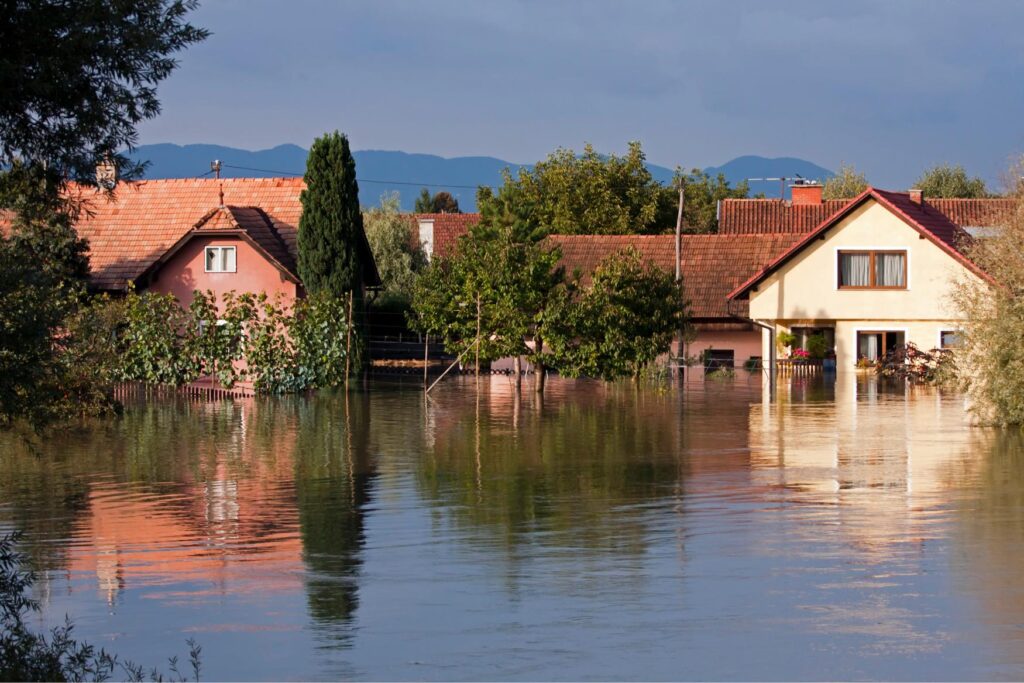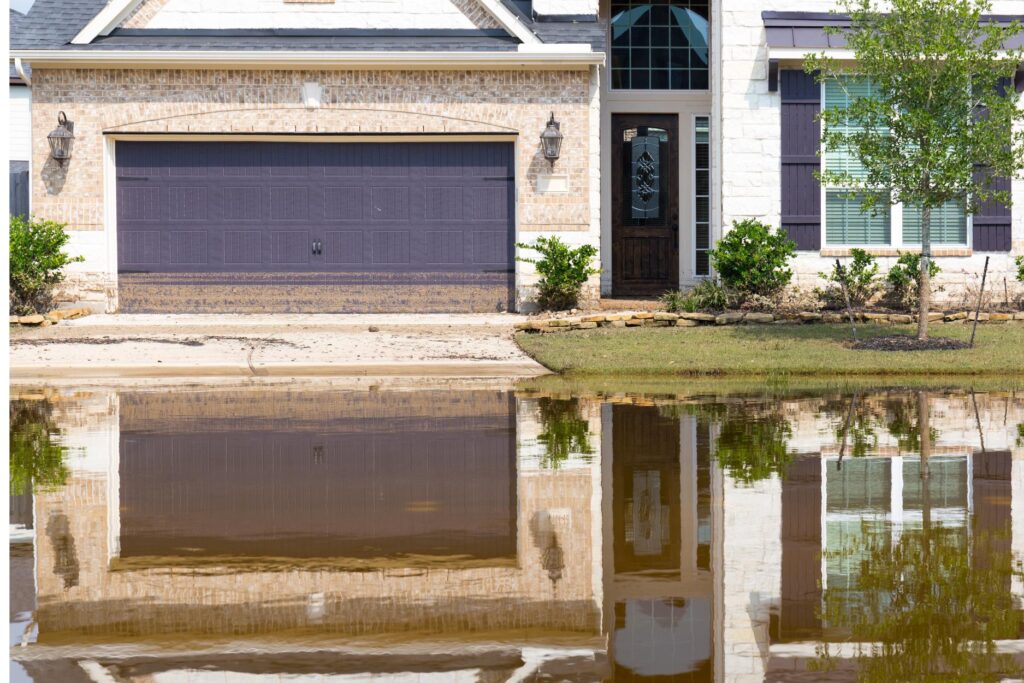Contents
Key Takeaways
- Every home should have gutters and downspouts.
- If you do not clean out your gutters and downspouts beforehand, you will end up with a clogged downspout, especially during rainy seasons.
- If your gutters overflow, you know your downspout is clogged.
How to Check Downspout Drains
Every home should have gutters and downspouts. They aid in the prevention of many problems, such as foundation damage caused by excess water, pest infestation, and flooding. These keep you and your family safe and out of harm’s way. A clogged downspout is no better than having no downspout at all because it cannot perform its intended function and can cause the issues previously mentioned.
These issues could be caused by leaves, small twigs, and other debris entering the gutter system. If you do not clean out your gutters and downspouts beforehand, you will end up with a clogged downspout, especially during rainy seasons.
Clogged downspouts are a breeding ground for mosquitoes, rodents, and other unwanted creatures. If not taken care of promptly, it can become a health hazard for you, your family, and your pets.
The steps below will show you how to check if your downspout is clogged and how to unclog it:
Checking for Clogged Downspout Drains
Overflowing Gutters
If your gutters overflow, you know your downspout is clogged. In time, you notice your gutters are filling up, and once they are full, water leaks from every seam and spills over the top of the gutter. This can lead to serious soil erosion beneath the gutters.
Rainwater Does Not Drain
Wait until it rains before inspecting your downspout to see if it is clogged. Suppose the rainwater is not exiting your downspout or only in small amounts. In that case, it is possible your downspout is clogged because most underground downspouts discharge into the street, driveway, or side of the house or are directly connected to the sewer system.
Water Damage in the Basement
If you notice water damage in your basement, it is likely caused by your drainage system and combined with the above indicators, and it could simply be a clogged downspout. Also, water damage in the basement could be caused by water draining too close to the building’s foundation.
Unclogging a Blocked Downspout
If you find that any or all of the above describes the current state of your home, you possibly have a problem with a clogged downspout and require drain cleaning as soon as possible to fix the issue.
Here are four (4) simple steps to unclog your downspout:
- Climb a ladder to the top and walk back down while gently tapping the downspout. Do this a few times to break up the clog. Afterward, climb up the ladder and have someone help you use a garden hose to flush out the clog.
- If the clog still doesn’t go away, put a small towel between the garden hose and the downspout to make a seal. Turn on the garden hose and use the pressure from the water supply to push the clog out.
- If the clog persists, use an auger. Insert the auger into the downspout’s top and bottom openings to remove the debris.
- If none of the above methods work, use a leaf blower, wet/dry vacuum, or a power washer. One of these power tools should get rid of the clog.
Wrapping Up
Even with these tips, cleaning out your downspouts is still a major chore, time-consuming, and a hassle. You need an expert to help you get the job done quickly and correctly.




